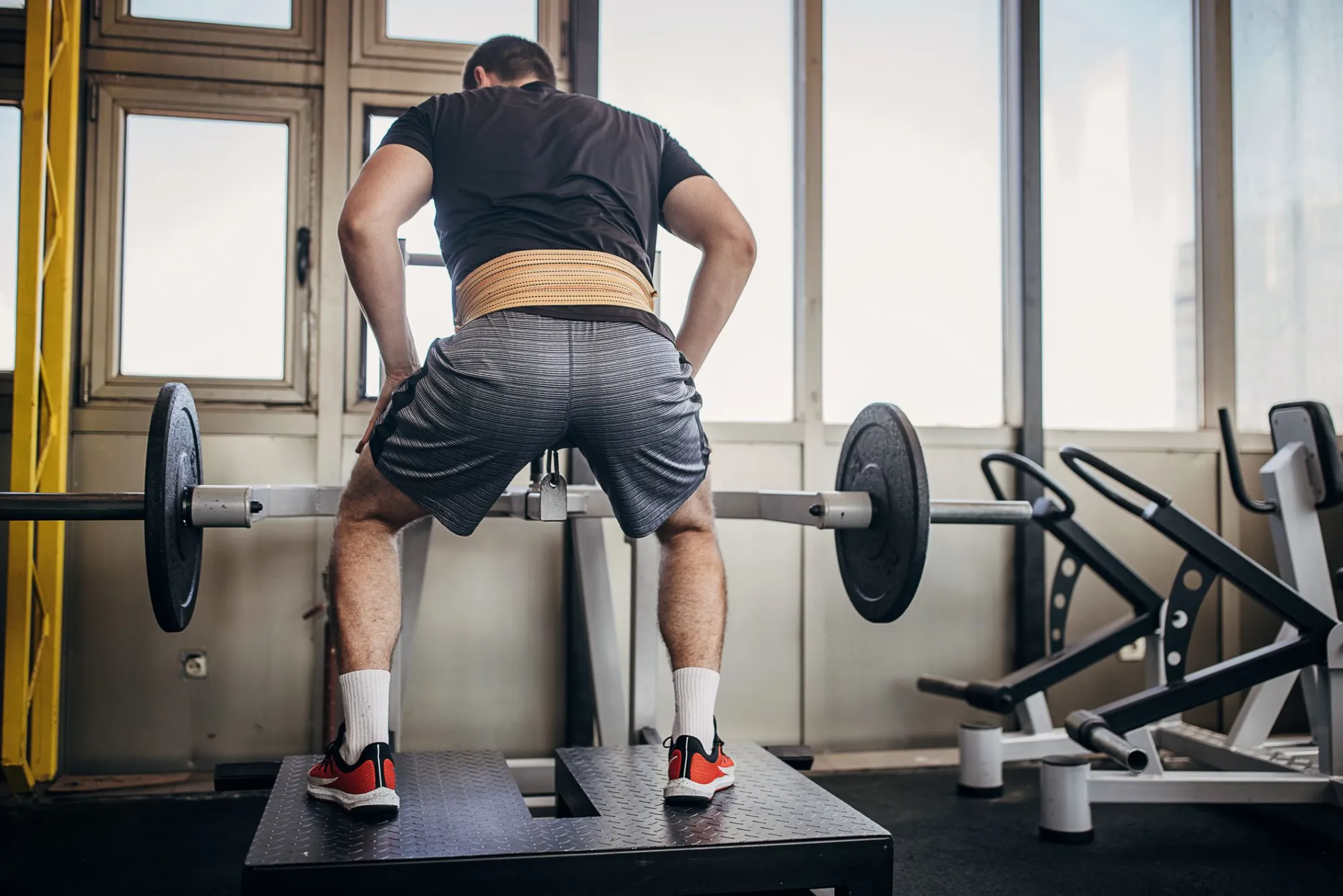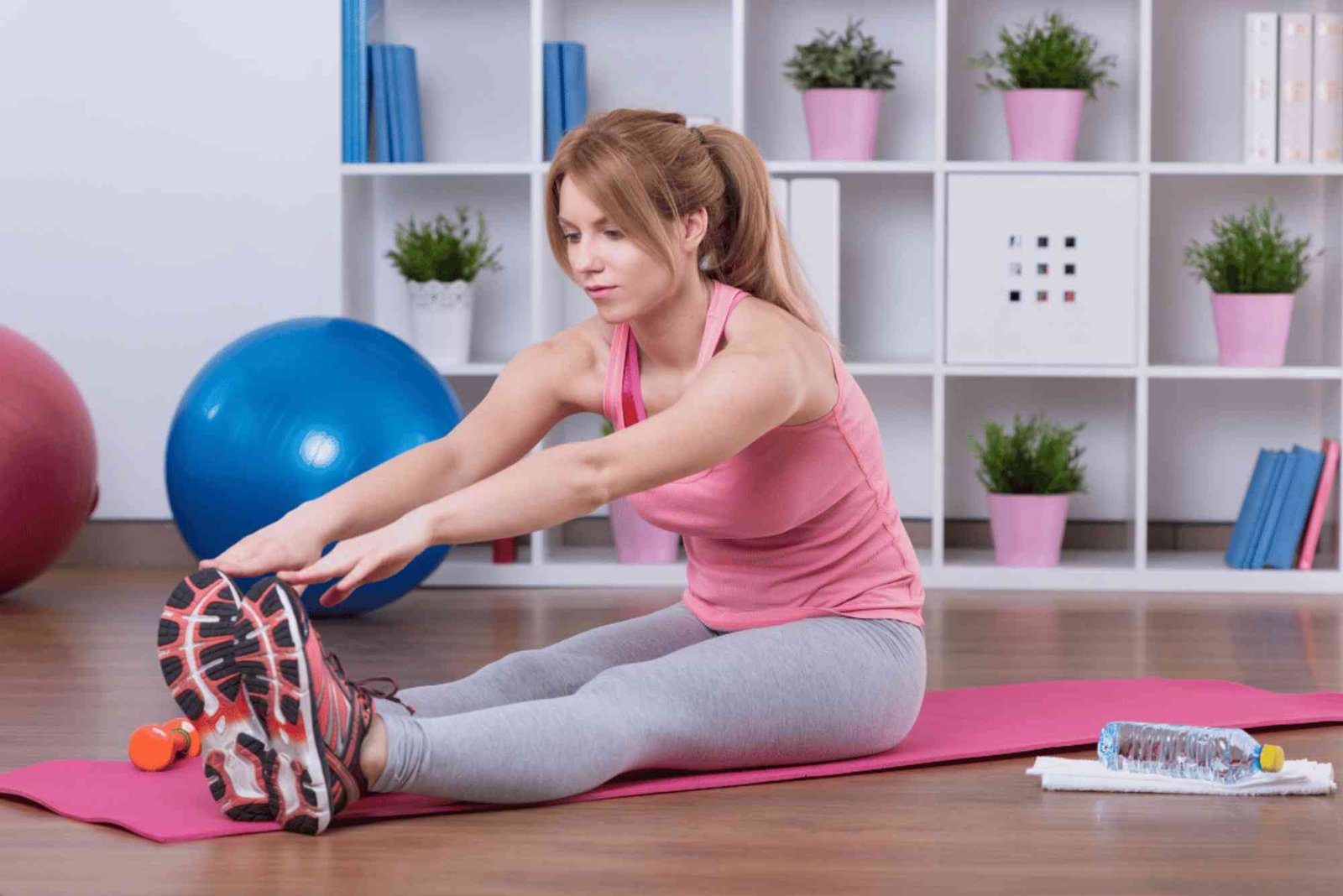Introduction
When you exercise, your body undergoes several physiological changes to meet increased energy demands. One of the most noticeable changes is the rise in blood pressure. This natural response helps deliver oxygen-rich blood to muscles working hard during physical activity. However, understanding how and why blood pressure changes during exercise—and when it might signal a problem—is crucial for maintaining cardiovascular health. This step-by-step guide explores the science behind exercise-induced blood pressure changes, provides a monitoring checklist, and offers practical safety tips to help you exercise smartly and safely.
Understanding How Exercise Affects Blood Pressure
Exercise challenges the cardiovascular system. Your muscles demand more oxygen and nutrients, prompting your heart to beat faster and stronger. As the heart pumps more forcefully, systolic blood pressure (the top number) increases, while diastolic pressure (the bottom number) typically remains stable or slightly decreases. This temporary rise in systolic pressure is a normal and healthy response that ensures blood efficiently circulates throughout the body.
For most people, systolic blood pressure can climb to between 160 and 220 mmHg during intense workouts. However, if blood pressure exceeds 250/115 mmHg during exercise, it may indicate an abnormal response requiring medical evaluation. Recognizing the difference between normal and excessive increases is key to preventing complications.
Why Blood Pressure Increases During Exercise
During exercise, the body activates the sympathetic nervous system, which triggers an increase in heart rate and blood vessel constriction. This response helps redirect blood flow from non-essential areas—like the digestive system—to active muscles. The heart then pumps more blood per beat (increased stroke volume), and arteries adjust to maintain an efficient flow.
Another reason blood pressure rises is due to vascular resistance. As you move, muscles contract and compress blood vessels, temporarily increasing pressure within them. This is especially true in resistance training exercises such as weightlifting, where muscle strain can momentarily cause spikes in blood pressure far higher than in aerobic activities.
Normal vs. Abnormal Blood Pressure Responses
Understanding what counts as normal is vital for safety. A healthy person typically experiences a rise in systolic pressure during physical activity, but the pressure should return to baseline within minutes of stopping. Diastolic pressure, meanwhile, should stay relatively stable. If diastolic pressure climbs more than 10 mmHg during moderate exercise or stays elevated long after exercise, it could signal an underlying issue.
Abnormal responses can indicate conditions like hypertension, heart valve problems, or arterial stiffness. If you feel dizziness, chest pain, or shortness of breath during workouts, it’s best to stop immediately and consult your doctor.
Checklist for Monitoring Blood Pressure During Exercise
Know Your Baseline
Before starting any fitness routine, check your resting blood pressure. This gives you a benchmark to compare future readings. A normal resting blood pressure is around 120/80 mmHg, though slightly higher or lower values can still be healthy depending on your age and condition.
Warm Up Gradually
Jumping straight into high-intensity exercise can cause sudden spikes in blood pressure. Begin with 5–10 minutes of light movement such as walking or stretching. This helps your cardiovascular system adjust smoothly.
Monitor Heart Rate and Intensity
Keep your exercise intensity within your target heart rate zone—usually 50–85% of your maximum heart rate. Using a fitness tracker or smartwatch can help you monitor both your pulse and estimated blood pressure trends during workouts.
Use Proper Breathing Techniques
Avoid holding your breath, especially during strength training. The Valsalva maneuver (holding your breath while lifting) can drastically raise blood pressure. Instead, exhale during exertion and inhale during relaxation phases.
Stay Hydrated
Dehydration thickens your blood and makes it harder for the heart to pump, leading to elevated blood pressure. Drink water before, during, and after your workout to maintain healthy circulation.
Cool Down Properly
A gradual cool-down allows your blood pressure to normalize safely. Spend 5–10 minutes walking or doing gentle stretches to ease your heart rate back to baseline.
Track Progress Over Time
Regularly check your blood pressure before and after workouts. Note any unusual spikes or delayed recovery. Tracking helps you identify patterns and adjust intensity accordingly.
When to Be Concerned About Blood Pressure During Exercise
A temporary increase in systolic pressure is normal, but consistent spikes above 250 mmHg or diastolic rises above 115 mmHg are red flags. Persistent dizziness, chest tightness, or headaches during exercise may suggest an excessive blood pressure response. People with hypertension, diabetes, or cardiovascular disease should monitor their exercise responses closely and consult healthcare professionals before beginning intense workouts.
If you take medication for high blood pressure, be aware that some drugs—like beta-blockers—can lower your heart rate and alter exercise responses. Discuss with your doctor how to interpret your readings safely.
Best Exercises to Maintain Healthy Blood Pressure
Not all workouts affect blood pressure equally. Aerobic exercises such as walking, swimming, or cycling generally help lower long-term blood pressure by improving heart efficiency and vascular elasticity. On the other hand, resistance training strengthens muscles and bones but should be done carefully to avoid sudden spikes.
Combining both aerobic and resistance training offers the best cardiovascular benefits. Yoga, tai chi, and stretching exercises also support relaxation and promote better circulation, helping reduce resting blood pressure over time.
How to Exercise Safely if You Have High Blood Pressure
People with hypertension should start with low-intensity workouts and gradually build endurance. Avoid heavy lifting and high-intensity interval training until your doctor clears you. Warm up thoroughly and never skip cool-down sessions. Always breathe steadily and stop immediately if you feel lightheaded or experience chest discomfort. Following official exercise safety guidelines can help ensure safe, effective workouts for people of all fitness levels.
Tips for Managing Blood Pressure Before and After Exercise
Eat a light meal at least an hour before exercising to prevent low blood sugar or dizziness. Avoid caffeine right before workouts, as it can temporarily raise blood pressure. After exercising, rehydrate and rest. Check your blood pressure after about 10–15 minutes of recovery to ensure it’s returning to normal.
If you notice prolonged elevation, speak with your healthcare provider. Over time, consistent exercise helps lower resting blood pressure by strengthening the heart and improving arterial flexibility.
Common Mistakes That Can Cause Dangerous Blood Pressure Spikes
Many people unintentionally make errors that strain their cardiovascular systems. Holding your breath during effort, skipping warm-ups, or suddenly increasing workout intensity can cause sharp pressure surges. Lifting too much weight without proper form or hydration can also create temporary but risky spikes. Recognizing and avoiding these mistakes ensures safer and more effective exercise sessions.
The Long-Term Relationship Between Exercise and Blood Pressure
While exercise temporarily raises blood pressure, it significantly improves cardiovascular health over time. Regular physical activity helps the heart pump blood more efficiently and reduces resting blood pressure levels. It enhances endothelial function, reduces arterial stiffness, and improves overall circulation. Even moderate activities like brisk walking for 30 minutes daily can have powerful long-term benefits. For individuals with hypertension, exercise can lower systolic pressure by 5–10 mmHg on average. Combined with healthy eating and stress management, it becomes a cornerstone of blood pressure control.
Exercise is one of the most powerful tools for maintaining healthy blood pressure, but understanding your body’s response is crucial. Blood pressure naturally increases during physical activity, yet consistent monitoring ensures it stays within a safe range. Following a structured approach—warming up, breathing correctly, staying hydrated, and tracking your progress—helps you gain all the benefits of exercise without unnecessary risks.
If you’re new to fitness or managing hypertension, speak with your healthcare provider before beginning any new routine. To expand your knowledge, you can learn more about does blood pressure increase during exercise and explore other essential sports & fitness basics. Understanding these principles ensures a safer, more effective journey toward long-term heart health. Start monitoring your blood pressure today and make smart exercise choices. Your heart deserves consistent care—begin your fitness journey now with the right knowledge and discipline.
FAQs
1. Is it normal for blood pressure to rise during exercise?
Yes, it’s completely normal. Systolic pressure rises to meet increased oxygen demand, while diastolic usually remains steady.
2. How high should blood pressure go during exercise?
Systolic readings between 160–220 mmHg are typical for healthy individuals during intense workouts. Anything above 250/115 mmHg requires medical evaluation.
3. How long does it take for blood pressure to return to normal after exercise?
Usually, blood pressure normalizes within 10–20 minutes post-exercise. Cooling down helps speed up this process.
4. Should I stop exercising if my blood pressure increases?
A temporary rise is expected, but stop if you feel dizzy, faint, or experience chest pain. Seek medical advice if spikes are excessive.
5. What type of exercise is best for people with high blood pressure?
Moderate aerobic activities like walking, cycling, or swimming are ideal. Avoid heavy weightlifting unless cleared by a doctor.




